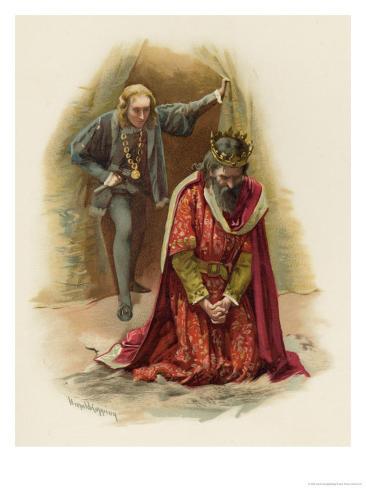
Although Shakespeare had crafted many characters and numerous plots, he still managed to tie them together. Hamlet and King Lear, for instance, both touch on the idea of succession. In Hamlet, Claudius murdered King Hamlet to seize the throne. In King Lear, the king passed down his kingdom to the wrong daughters. Both plays questioned the legitimacy of succession.
Perhaps Shakespeare found interest in exploring the idea of succession because of what was happening in England at the time. In the years between the writing of Hamlet and King Lear, the crown had been passed down from the “Virgin Queen” to James I. Towards the end of Elizabeth’s reign, the queen put a ban on the discussion of succession because she had neither married nor had children. Shakespeare, nonetheless, embedded the topic into his plays.
In both Hamlet and King Lear, succession had taken a turn for the worse. In Hamlet, Claudius’ rise to the crown was blatantly illegitimate. By killing his brother, Claudius not only had the opportunity to marry his wife but to also derail prince Hamlet from the path to becoming king. This situation stands in stark contrast with Harry’s situation in Henry IV, in which Harry suddenly had to assume the role of the “second-in-line.” To fix the illegitimate succession, Hamlet turned to destruction. Almost everyone died, except for Horatio who lived on to tell the story. Succession inevitably went on but beyond the scope of the play.
In King Lear, the king sought to fix his misjudging of character. Lear, like Elizabeth, had been on the throne for a long period of time. Lear was concerned with preserving his legacy. However, he was blindsided by the flattery of his daughters Goneril and Regan. The king turned all that he had into nothing.